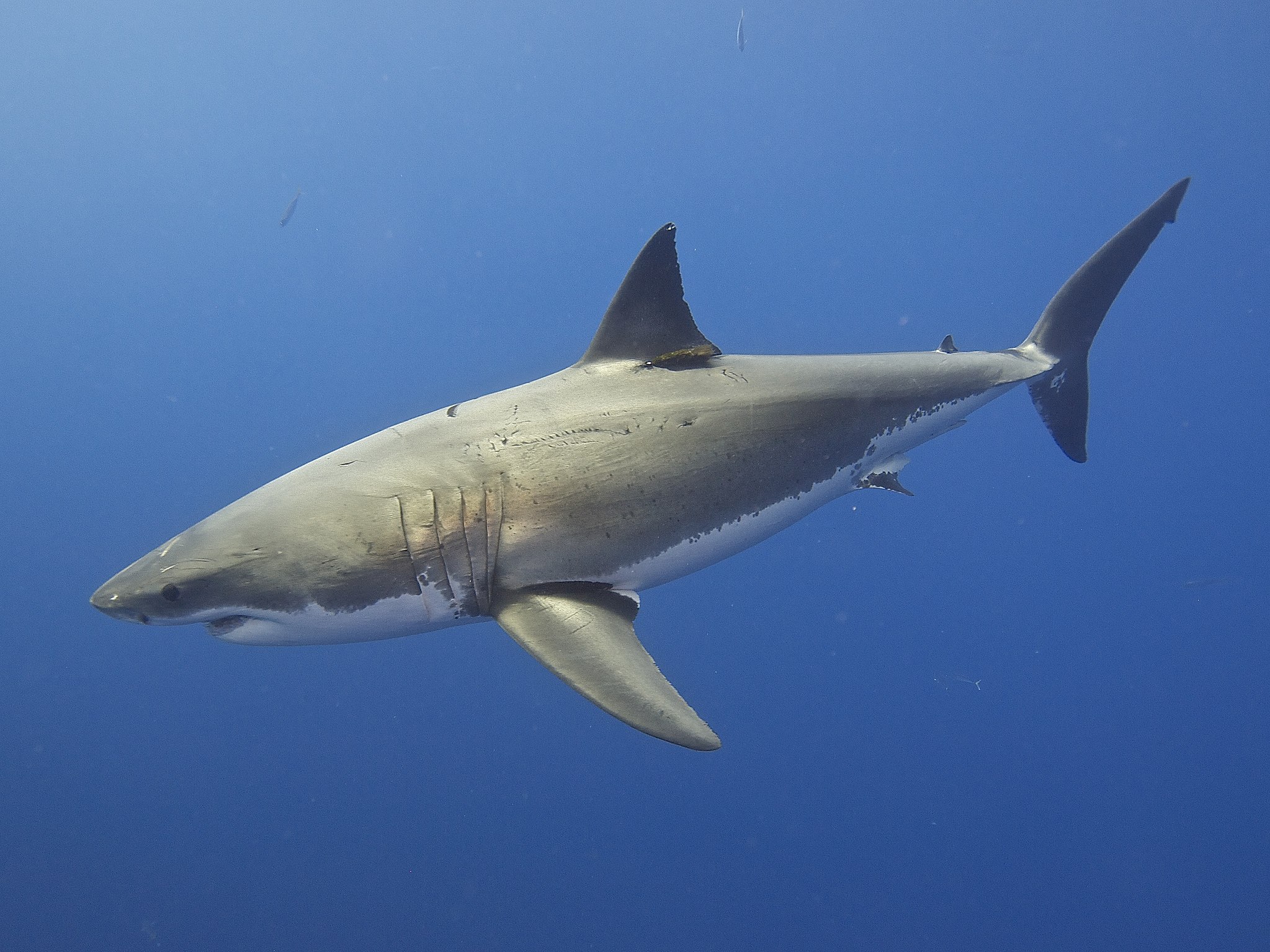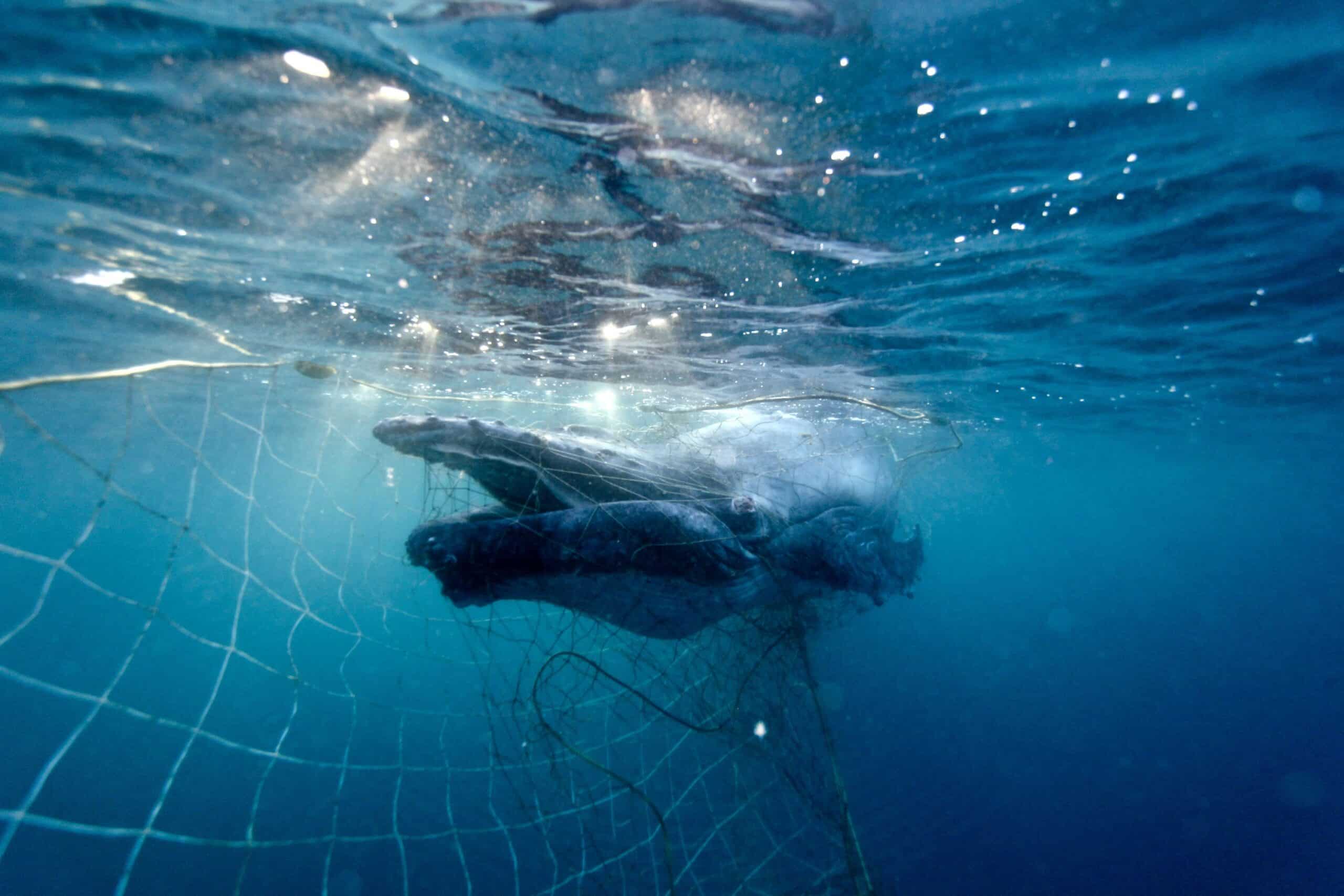Research shows that Australia’s great white sharks are highly related to each other and may consist of fewer than 500 breeding animals. SYDNEY, 24 June 2025: Latest research has found Australia’s great white shark population is much smaller than expected, increasing their vulnerability to further population threats. The population...
The grey-headed flying-fox, one of the largest bats in the world, was listed as a nationally Vulnerable species in 2001 after being nominated for the threatened status by Humane Society International. They cover a huge range along Australia’s east coast from North Queensland to South Australia, providing pollen and seed dispersal for the more than 100 species of flowering and fleshy-fruited trees they feed on. What’s good for the grey-headed flying-fox is good for several hundred vegetation communities and the many other wildlife species that live within them!
Grey-headed flying-foxes are also of great significance to Aboriginal people, with literature indicating Australia’s First Nations people have long had an intimate understanding of grey-headed flying-fox ecology and carefully managed habitats to protect the species.

Sadly and frustratingly, grey-headed flying-fox foraging and roosting habitats have continued to be lost and degraded (mostly due to human encroachment) in the decades since their listing. The ‘Black Summer’ bushfires of 2019/20 also affected large areas of grey-headed flying-fox foraging habitat – while we don’t yet know how significant these impacts are, they’re expected to be severe.
They also continue to be harassed out of their urban camps (which of course weren’t always urban) to appease those who don’t like living near them, are being trapped in backyard fruit nets, and are still being shot in Queensland orchards for supposed crop protection purposes. It’s a highly distressing issue that HSI was instrumental in ending in NSW and is determined to see the end of in Queensland. It’s a fight we’re focusing on heavily this year and will continue to for as long as change takes.
Then of course there are the highly distressing heat stress deaths that are occurring more often with global warming. We’ve done so much damage to grey-headed flying-foxes, now it’s on us to give them the big hand they need to survive.
Their precarious status is why the recent announcement that the National Recovery Plan for the Grey-headed Flying-fox has been finalised and is now in effect is such welcome news.
The need for a Recovery Plan was clear as soon as the species was listed 20 years ago, and an initial draft was circulated for comment all the way back in 2006. HSI provided comments then and despite significant government delays stayed on the case, commenting again and urging for completion of the plan in both 2009 and 2017. Hopes for any decent movement had begun to fade yet again when last month, a whole 15 years after the first draft, Minister for the Environment Sussan Ley finally made the plan final (just in time for International Bat Appreciation Day on April 17).
The stated purpose of the Recovery Plan is “to set out the management and research actions necessary to stop the decline of, and support the recovery of the grey-headed flying-fox over the next 10 years”. It will importantly complement the 2015 Referral guideline for management actions in grey-headed and spectacled flying-fox camps and hold decision makers to greater account with regard to their implementation – a significant point considering how they have been used (or not) in recent years.
Though of course, having a plan and actually implementing it are two very different things. And it pains me to think of how much more we could we have done for this vital keystone species if the Recovery Plan wasn’t left on the shelf for 15 long and unnecessary years.
But for now we celebrate – this is a vital step forward for grey-headed flying-fox recovery and by standing up for these incredible bats together we can ensure decision makers have the backing to implement the plan and get on with making decisions in the species’ best interests. Here’s to a brighter future for the grey-headed flying-fox!
Evan Quartermain is Head of Programs at Humane Society International and has been with the organisation since 2010. A member of the IUCN World Commission on Protected Areas, Evan is responsible for HSI’s terrestrial habitat and wildlife protection campaigns and programs, with particular focus on legislative reform, flying-foxes, dingoes, and habitat protection through Threatened Ecological Community and Natural Heritage nominations. He also has oversight of HSI’s Wildlife Land Trust and Emergency Response programs.


